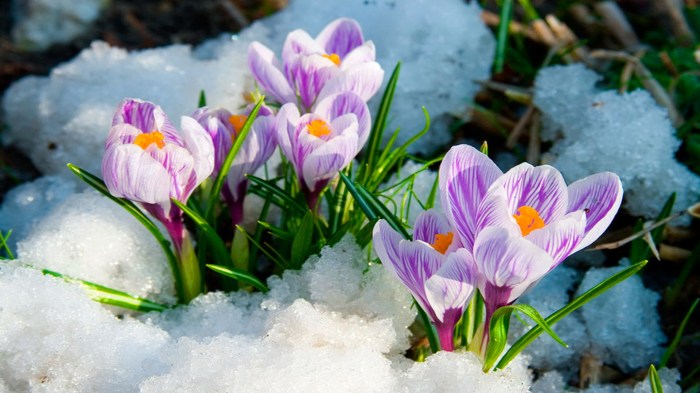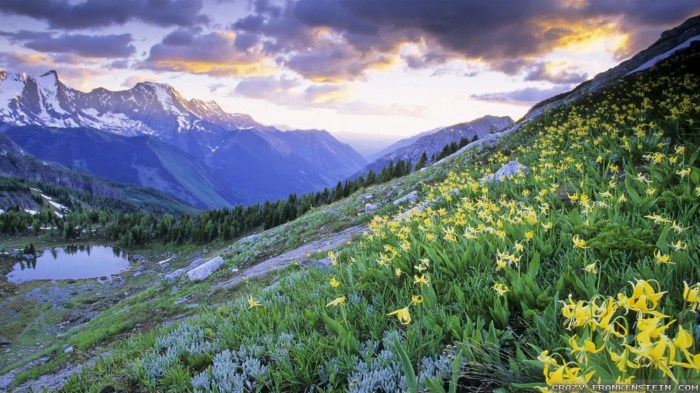Timing Based on Geographic Location: Best Time To Plant A Peach Tree

Best time to plant a peach tree – Nah, planting a peach tree ain’t just about sticking it in the ground and hoping for the best, especially in Makassar style! Getting the timing right depends heavily on where you’re planting it – the weather’s a real boss, you know? Different areas have different climates, affecting when your peach tree can thrive. Think of it like this: you wouldn’t wear a thick sweater in the middle of summer, right?
Same goes for peach trees and their ideal planting time.Peach trees need a specific window of time to establish themselves before winter hits. Planting too early exposes them to frost damage, while planting too late might not give them enough time to root properly before the cold sets in. So, let’s break it down by location and get those juicy peaches growing!
USDA Hardiness Zones and Peach Tree Planting
The USDA Plant Hardiness Zone Map is your best friend here. It divides the United States into zones based on average annual minimum temperatures. Peach trees generally thrive in zones 5-8, though some varieties can handle slightly colder or warmer temperatures. Knowing your zone helps determine the ideal planting window. For example, a zone 5 location might have a much shorter planting window than a zone 8 location.
A planting schedule could look something like this: Zones 5-6: Late March to early April; Zones 7-8: February to early March; and Zones 8-9: January to February. Remember, these are just guidelines; always check your local frost dates for a more accurate planting time.
Regional Planting Time Examples, Best time to plant a peach tree
Let’s look at some specific regions. In the Southeast, with its generally milder winters, peach trees can often be planted earlier, maybe even in late winter or early spring. Areas like South Carolina or Georgia might see planting happening in February or March. In contrast, the Northeast, with its colder and often unpredictable winters, typically requires a later planting time, sometime between late March and early April, after the last frost.
States like New York or Vermont need to wait until the ground has fully thawed and the risk of frost has passed.
Influence of Local Weather Patterns
Local weather is crucial. Even within a single hardiness zone, microclimates can vary. A valley might experience late frosts, while a hilltop might be frost-free earlier. Pay close attention to your local weather forecast and historical data. Look for trends in the last frost date and the first significant snowfall.
Remember that unusually warm spells followed by sudden cold snaps can damage young trees, so always be prepared for unexpected weather changes. Using a frost protection method like covering the young trees with burlap can help to mitigate the effects of unexpected cold snaps.
Ideal Planting Months Across the United States (Illustrative Map Description)
Imagine a map of the United States. The southern states, from Florida to Texas, are depicted in shades of vibrant oranges and yellows, indicating ideal planting months from January to March. As we move north, the colors gradually shift to greens and blues, representing later planting times – April and May in the Southeast, and even into June in parts of the Northeast and Midwest.
The western states, due to varied elevations and microclimates, show a more complex pattern, with warmer regions in California and Arizona showing earlier planting times and mountainous regions showing later planting times. The overall map visually conveys the significant variation in ideal planting months across the country, highlighting the importance of considering regional and local weather patterns. The color scheme and variations across the map are designed to showcase this complexity clearly.
For the best peach harvest, planting in early spring, after the last frost, is ideal. This ensures the young tree establishes itself before the summer heat arrives. To learn more about the optimal planting window for various trees in your region, check out this helpful resource on the best time to plant trees in nc and tailor your planting schedule accordingly.
Remember, proper timing significantly impacts the peach tree’s success and future fruit production.
Considering the Peach Tree Variety

Yo, Makassar crew! Planting a peach tree ain’t just about picking a spot; it’s about knowing your peach, especially the variety. Different peaches have different chill hours and growth cycles, seriously impacting when you should plant them. Get this wrong, and your harvest might be…
less than ideal*.
Choosing the right peach variety is crucial for a successful harvest. Understanding the dormancy period and ideal planting time for your chosen variety is key to ensuring your tree thrives. Different varieties have different needs, so let’s break it down.
Dormancy Periods and Planting Times for Different Peach Cultivars
The length of a peach tree’s dormancy period varies significantly depending on the cultivar. Early-season varieties generally require fewer chill hours than late-season varieties. This directly affects when you should plant them to ensure they have enough time to break dormancy and blossom appropriately. Planting too early can lead to frost damage, while planting too late can result in insufficient time for the tree to establish itself before winter.
Impact of Rootstock on Planting Timing
The rootstock plays a significant role, too. Different rootstocks affect the tree’s overall size and growth rate. A dwarfing rootstock, for example, might result in a smaller, faster-maturing tree, potentially altering the ideal planting time compared to a tree on a standard rootstock. This needs consideration to avoid stressing the young tree.
Planting Times for Various Peach Tree Varieties
This list Artikels planting times for five common peach varieties, considering both variety and typical rootstock. Remember, these are guidelines; always check your local climate and microclimate for the most accurate planting window.
- Early-season variety (e.g., ‘Redhaven’): Plant in early spring, after the last expected frost. These varieties generally require fewer chill hours and have a shorter dormancy period, allowing for earlier planting.
- Mid-season variety (e.g., ‘Elberta’): Plant in late winter or early spring, ensuring the ground is workable but frost risk is minimal. These varieties need a moderate amount of chill hours.
- Late-season variety (e.g., ‘Autumn Glory’): Plant in late winter, after the last frost. These varieties require a longer period of cold temperatures to properly break dormancy.
- ‘Contender’ Peach: Known for its disease resistance, this mid-season variety thrives with planting in early spring after the last frost, similar to ‘Elberta’.
- ‘Bonanza’ Peach: A low-chill variety ideal for warmer climates. Planting in late winter or early spring is suitable, but always check for frost risk. This variety requires significantly fewer chill hours than others.
Remember, fam, always check your local agricultural extension office or nursery for specific advice tailored to your region’s climate. Proper timing is key to a bountiful peach harvest! Don’t be a
- mangga* (mango) – be a
- persik* (peach) pro!
Quick FAQs
Can I plant a peach tree in a container?
Yes, dwarf peach tree varieties are well-suited for container gardening. Choose a large enough pot with adequate drainage.
How long does it take for a peach tree to bear fruit?
It typically takes 2-3 years for a peach tree to produce its first fruit, depending on the variety and growing conditions.
What are the common pests and diseases that affect peach trees?
Common pests include aphids, borers, and spider mites. Diseases include brown rot, leaf curl, and bacterial spot. Regular inspection and preventative measures are crucial.
How much sun does a peach tree need?
Peach trees require at least 6-8 hours of direct sunlight per day to thrive.

